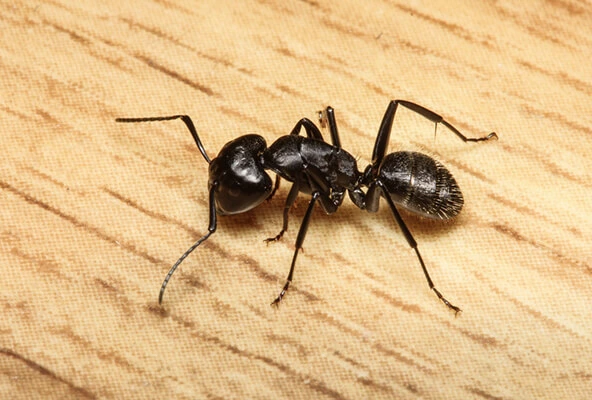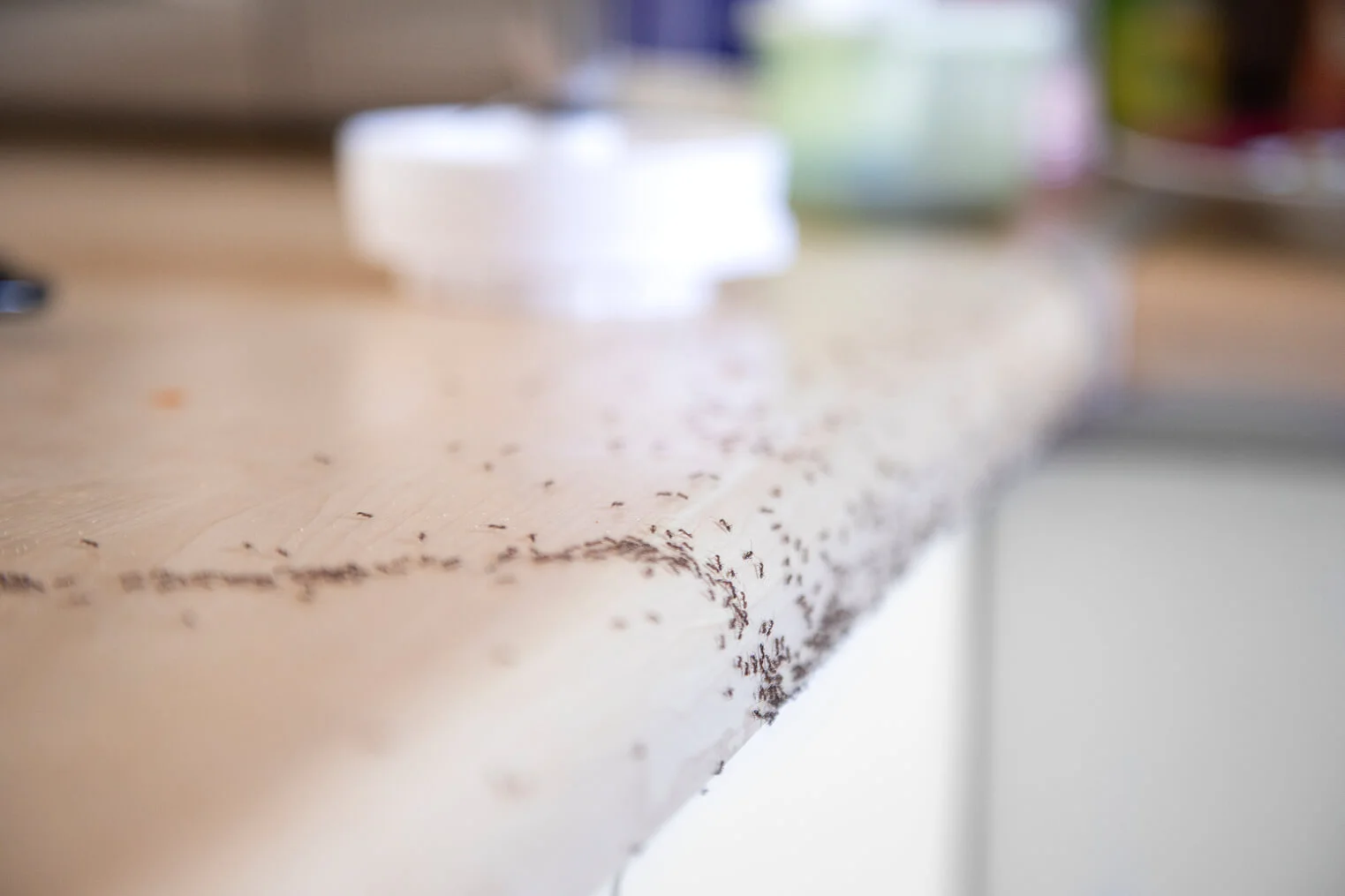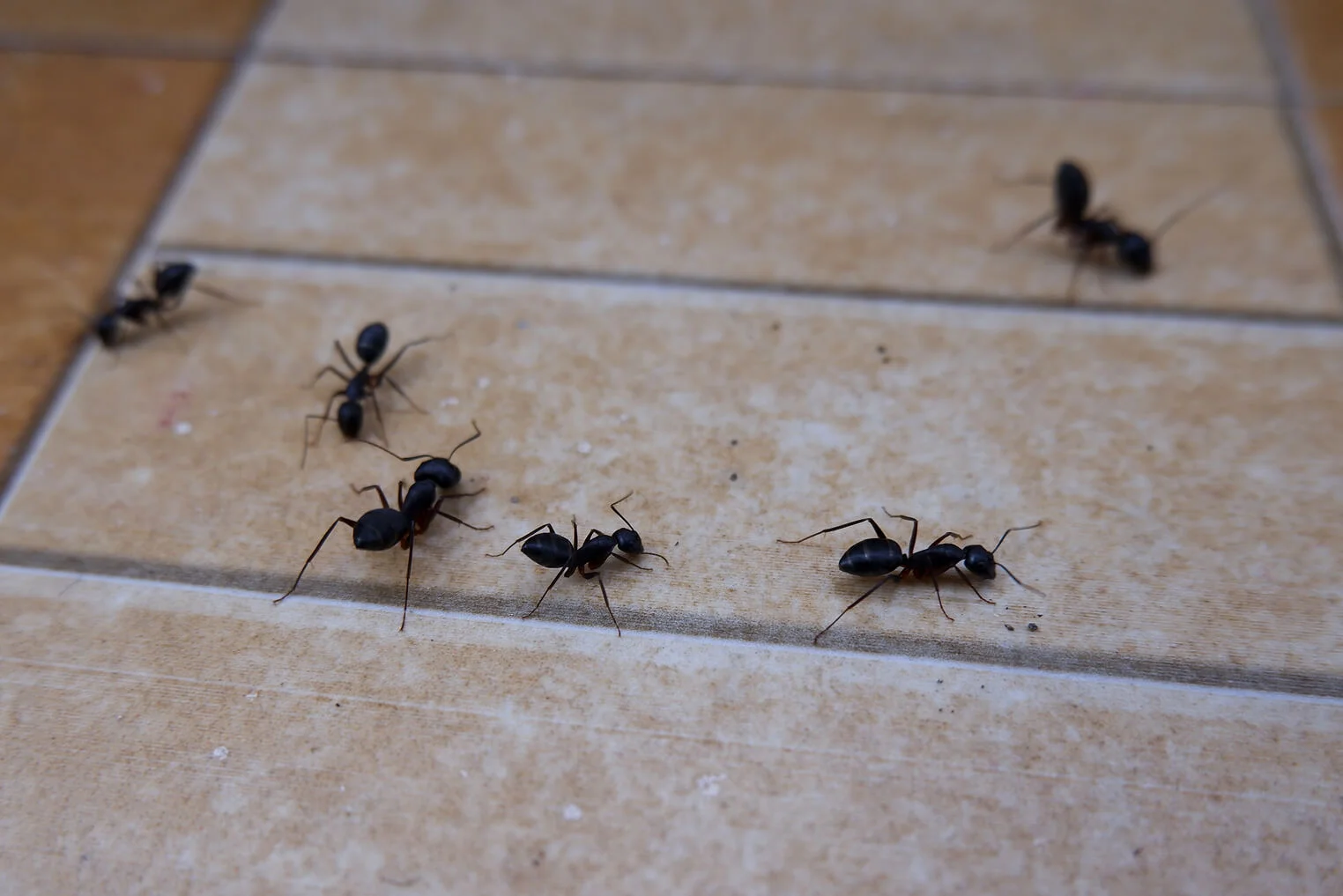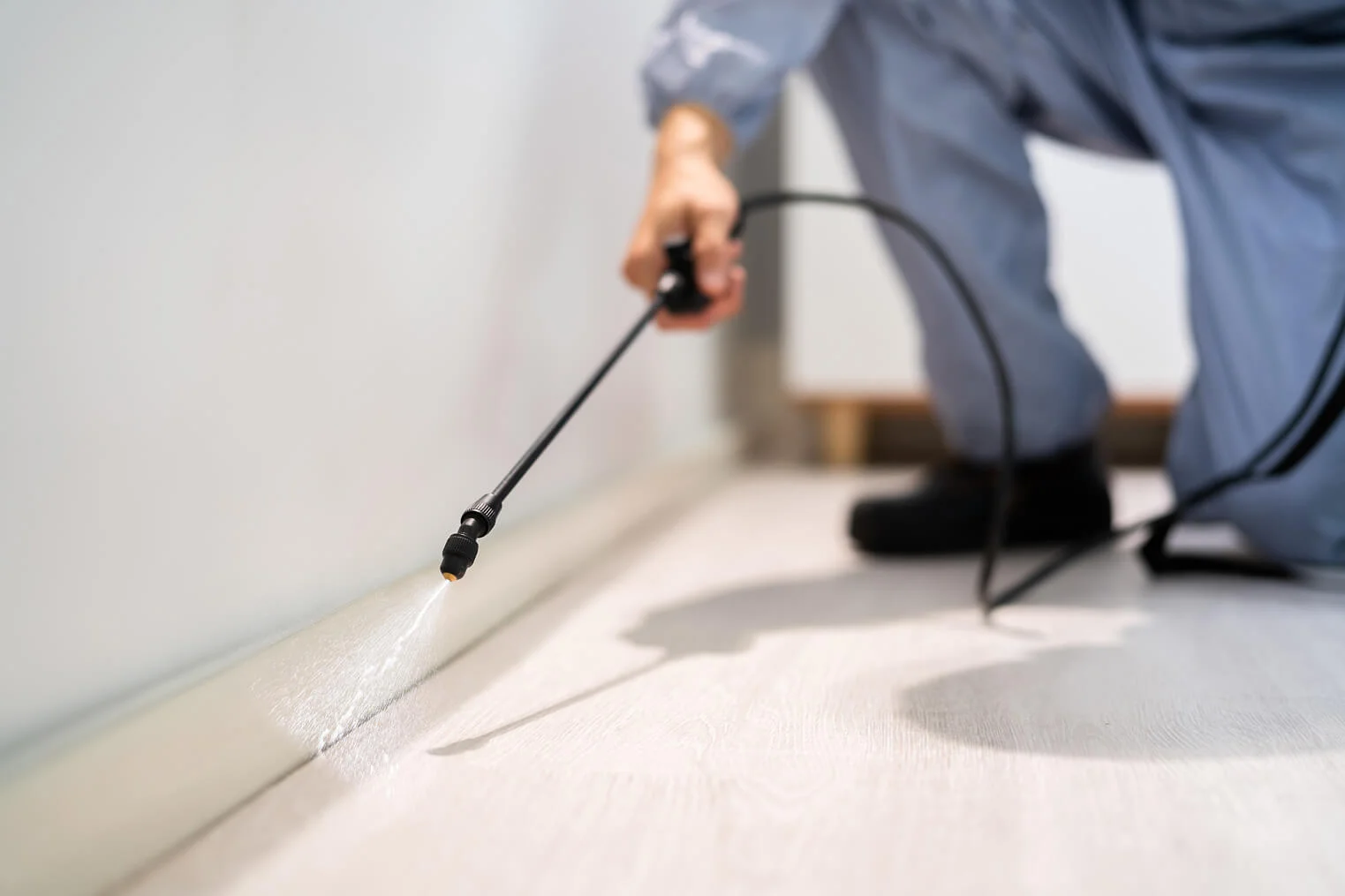At Ransford, our pest management solutions involve using best-in-class tools and high-quality products. Here’s an overview of our process:
- Assess the Situation: When you call us, we will work closely with you to assess the situation and determine if there is indeed an ant issue. Our specialists will then provide you with a free detailed quote over the phone.
- Detailed Inspection: Once you have requested our services, we will send a highly-trained technician to your location to perform a thorough inspection, during which we will look for signs of ants inside your home and for ants entering from the exterior.
- Open Communication: After inspecting, our technician will discuss treatment options with you, ensuring that you are fully informed throughout the process.
- Targeting the Source: Unlike “Contact Kill” sprays, our products are non-repellant, meaning that ants will unknowingly carry it back to the nest, providing lasting results.
- Getting Rid of Ants: After treatment, you will start to see a decline in the number of ants within two weeks, with very little to no ants after six weeks. While we understand that waiting can be frustrating, allowing the material to reach the nest through the colony is essential for effective elimination.
- Re-Treatment Policy: If the interior is treated, your warranty extends until the end of the year for added peace of mind.




